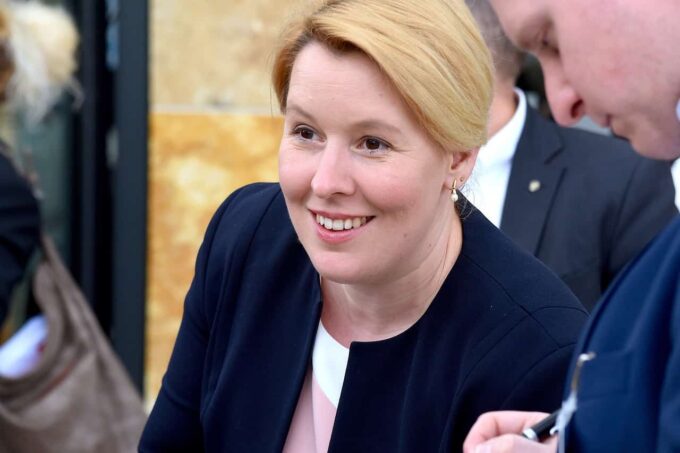A 14-year-old NRI student, Siddharth Nandyala, has created CircadiaV, an AI-powered app capable of detecting heart issues in just seven seconds. His innovation has received praise from Andhra Pradesh Chief Minister Nara Chandrababu Naidu and Deputy Chief Minister Pawan Kalyan for its potential to transform cardiac diagnostics.
CircadiaV: A Game-Changer in Cardiac Care
The AI-driven app was tested at Guntur Government General Hospital (GGH), where it demonstrated high accuracy in detecting heart conditions quickly. CircadiaV utilizes advanced algorithms to analyze patient data, significantly reducing the time needed for detection and diagnosis.

Chief Minister Naidu acknowledged Siddharth’s achievement in a post on X:
“This 14-year-old has made detecting heart-related problems easier! I am absolutely delighted to meet Siddharth Nandyala, a young AI enthusiast from Dallas and the world’s youngest AI-certified professional. Siddharth’s app, Circadian AI, is a medical breakthrough that can detect heart-related issues within seconds.”
Fostering Innovation in Young Minds
Siddharth’s success highlights the power of early education in technology and problem-solving. Encouraging creativity in children can help nurture the next generation of innovators. Here are some strategies to boost creativity and critical thinking in young minds:
1. Read Together
According to the Child Mind Institute, reading exposes children to new words and concepts, enhancing their cognitive abilities. Reading together daily fosters creativity and problem-solving skills. For younger children, interactive storytelling can further develop their imagination.
2. Encourage Their Interests
Supporting children’s natural curiosity can lead to groundbreaking ideas. If a child is interested in space, for example, parents can provide books, projects, and activities related to astronomy to deepen their understanding.
3. Ask “What If” Questions
Encouraging children to ask “What if?” promotes creative thinking. Challenging them to think about alternate possibilities and different scenarios nurtures problem-solving skills and innovation.
4. Lead by Example
Children often mirror adult behaviors. By showcasing creativity in daily tasks—whether through art, problem-solving, or innovation—parents can inspire kids to think outside the box.
5. Create a Creative Environment
Setting aside time for hands-on projects, such as art, science experiments, or DIY inventions, helps children develop imagination and technical skills. Encouraging exploration and experimentation can lead to remarkable discoveries.
The Future of Healthcare Innovation
Siddharth’s AI-powered CircadiaV is a testament to how young minds can contribute to groundbreaking advancements in healthcare. His work not only showcases the potential of AI in medicine but also serves as an inspiration for other children to explore technology and innovation.
As more young innovators emerge, the future of AI-driven healthcare looks promising, paving the way for faster, more accurate medical diagnostics and improved patient care.














Leave a comment